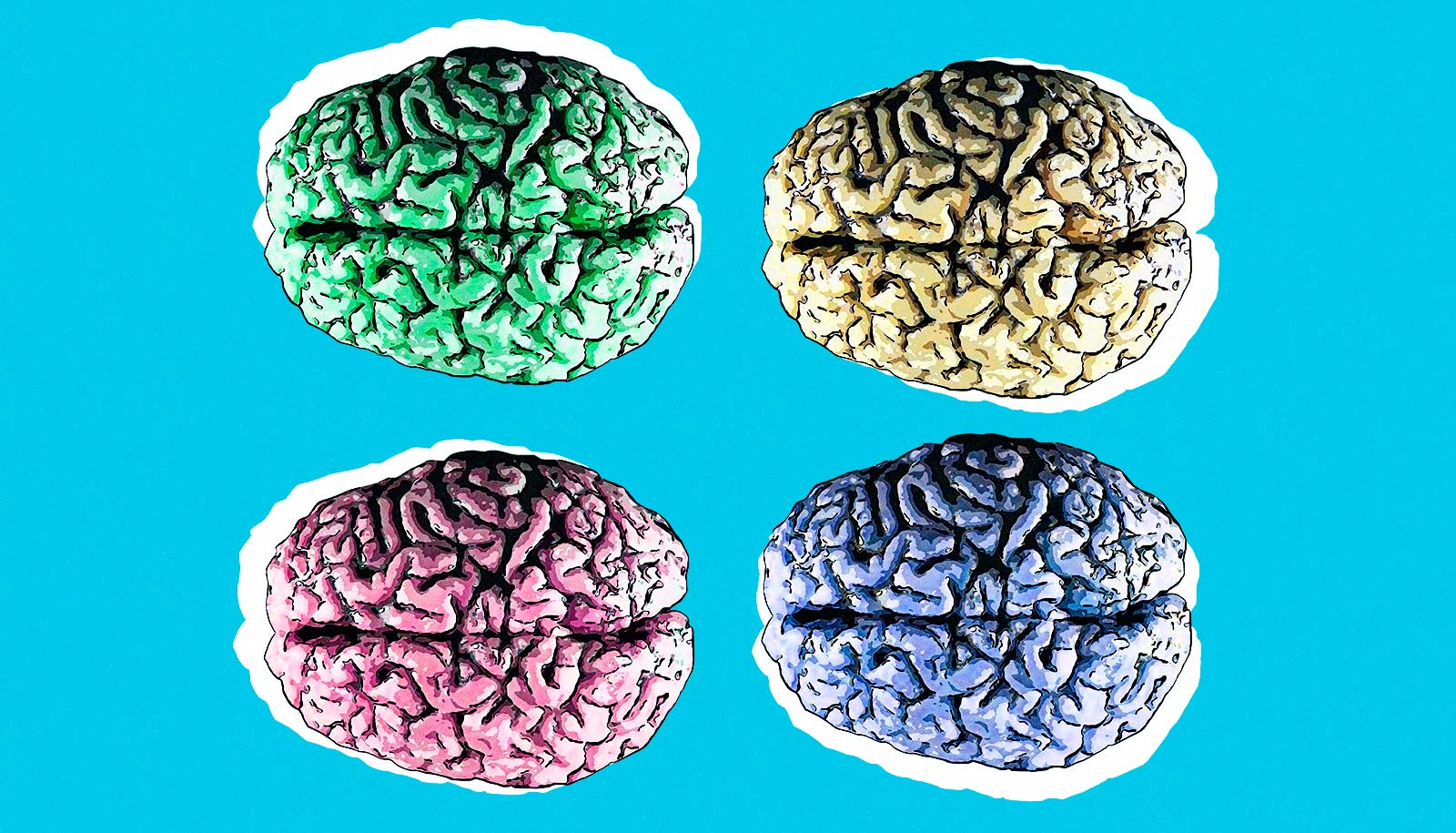A treatment for glioblastoma in dogs has promising implications for the human version of the aggressive cancer that grows in the brain, according to a new study.
The study in Clinical Cancer Research describes the results of a Phase I clinical trial in which investigators tested a STING (STimulator of INterferon Genes) drug injected directly into the glioblastoma of five dogs that had previously been diagnosed with the cancer. Glioblastoma is the second-most common type of brain cancer in dogs.
STING agonists can induce immunological responses that allow the immune system to fight otherwise immunologically resistant cancer cells.
MRI scans taken over the course of the 10-month trial revealed that some of the dogs, even with a single dose, responded to the treatment with apparent reductions in their tumor volume, including one complete response in which the tumor appeared to completely disappear.
That led the researchers to conclude that this therapy can trigger a robust, innate anti-tumor immune response and may be highly effective on recalcitrant tumors such as glioblastoma.
“With this therapy, we were trying to take tumors that do not, on their own, generate a lot of immune response and turn them into tumors that do by injecting them with this immunotherapy agent,” says Beth Boudreau, an assistant professor of neurology at Texas A&M University.
This clinical trial was based on the team’s earlier research, which analyzed a massive canine genomic dataset collected from multiple glioma samples. The researchers found that canine and human gliomas are molecularly similar, suggesting that the two diseases have a similar mutational, cancer-causing process that would enable similar treatment strategies.
Both canine and human gliomas tend to have a poor prognosis, as they are difficult to surgically remove and traditional therapies come with multiple side effects and are expensive. Even after a high-risk surgery to remove the tumor and radiation therapy and/or chemotherapy, humans with glioblastoma may only survive a few more months.
“In the canine clinical trial, dogs did not receive surgery to remove their tumors, which limited the dose we could safely deliver,” Boudreau says. “In humans with glioblastoma, our STING agonist will be combined with surgery, which should improve its safety and efficacy. Further investigation and refinement would be needed to determine the role of this therapy in treating brain tumors in dogs.”
Because of the simple delivery of the STING agonist and the marked volume reduction of the tumor, the researchers also believe this strategy may provide a viable adjunct therapeutic approach for human glioma.
In the next phase of the project, the researchers are exploring using a similar approach in clinical trials of human glioma patients who have undergone a surgical debulking.
Michael A. Curran, an immunologist and founder of ImmunoGenesis, developed the immunotherapy drug. Additional coauthors are from Northwestern University and the Texas A&M College of Veterinary Medicine & Biomedical Sciences’ (CVMBS) Veterinary Medical Teaching Hospital (VMTH).
Source: Texas A&M University


